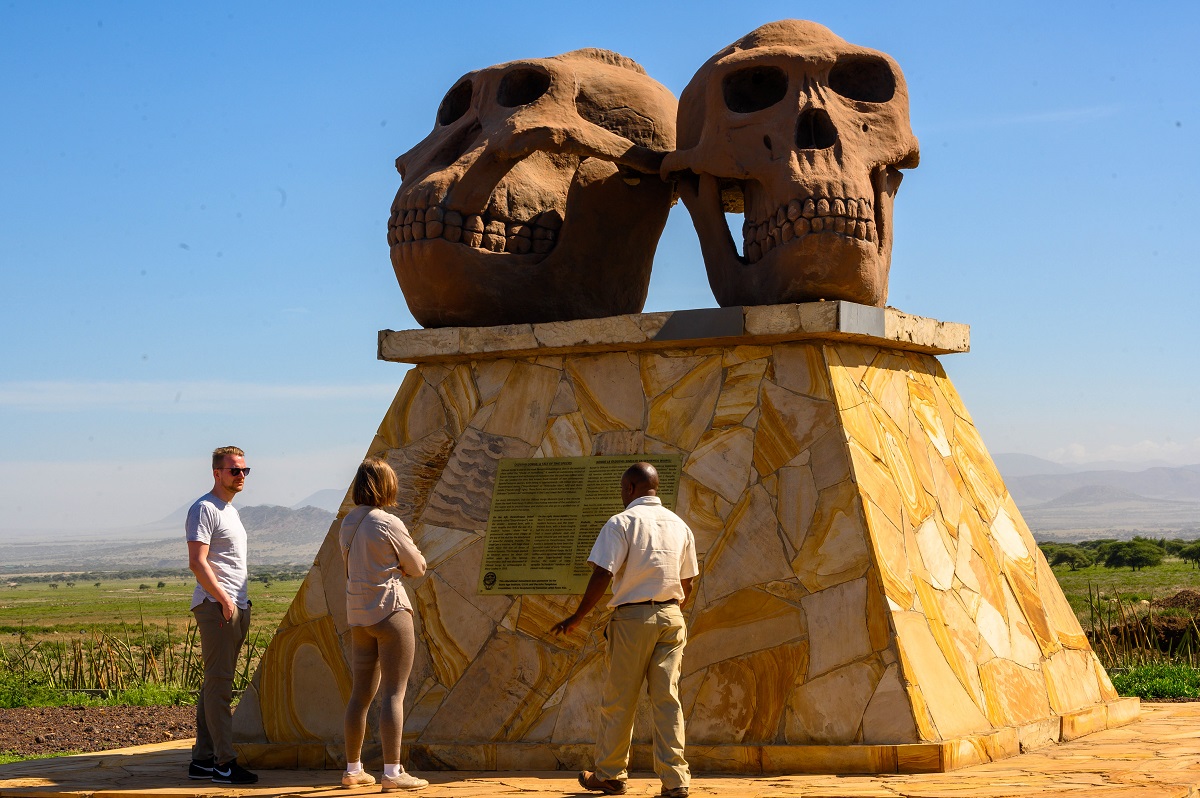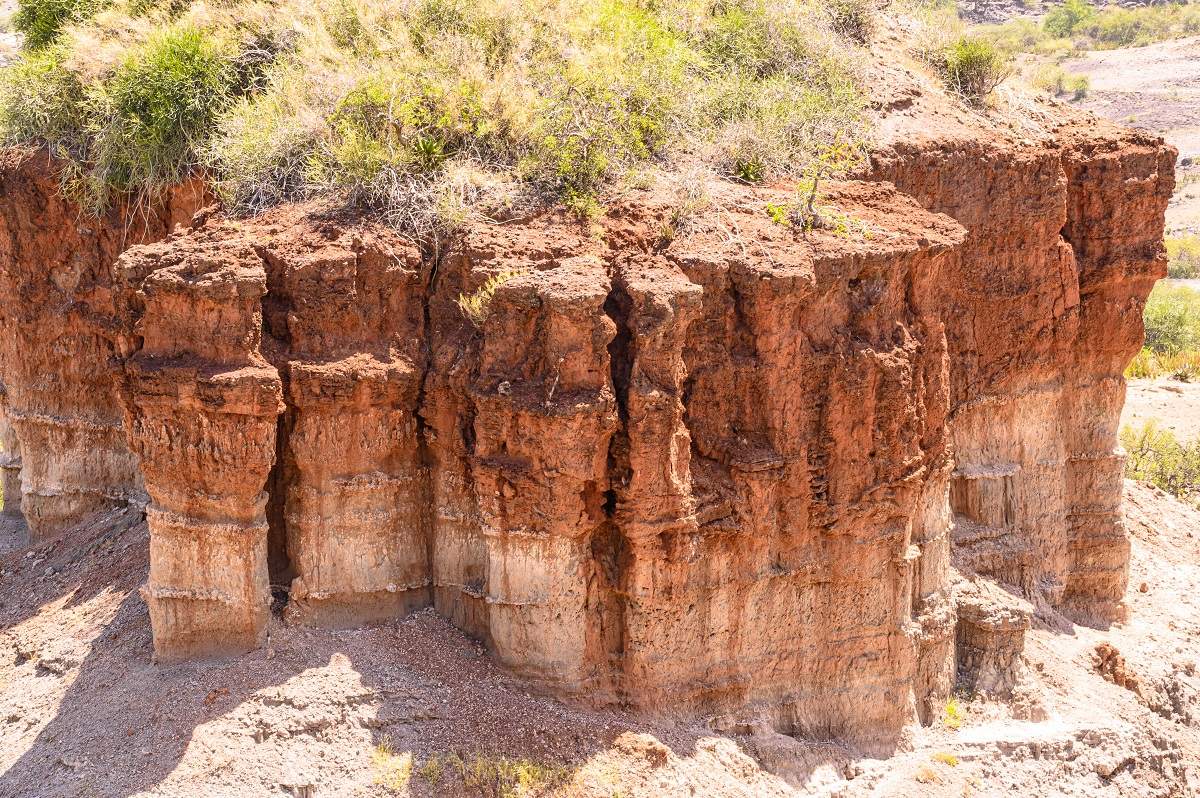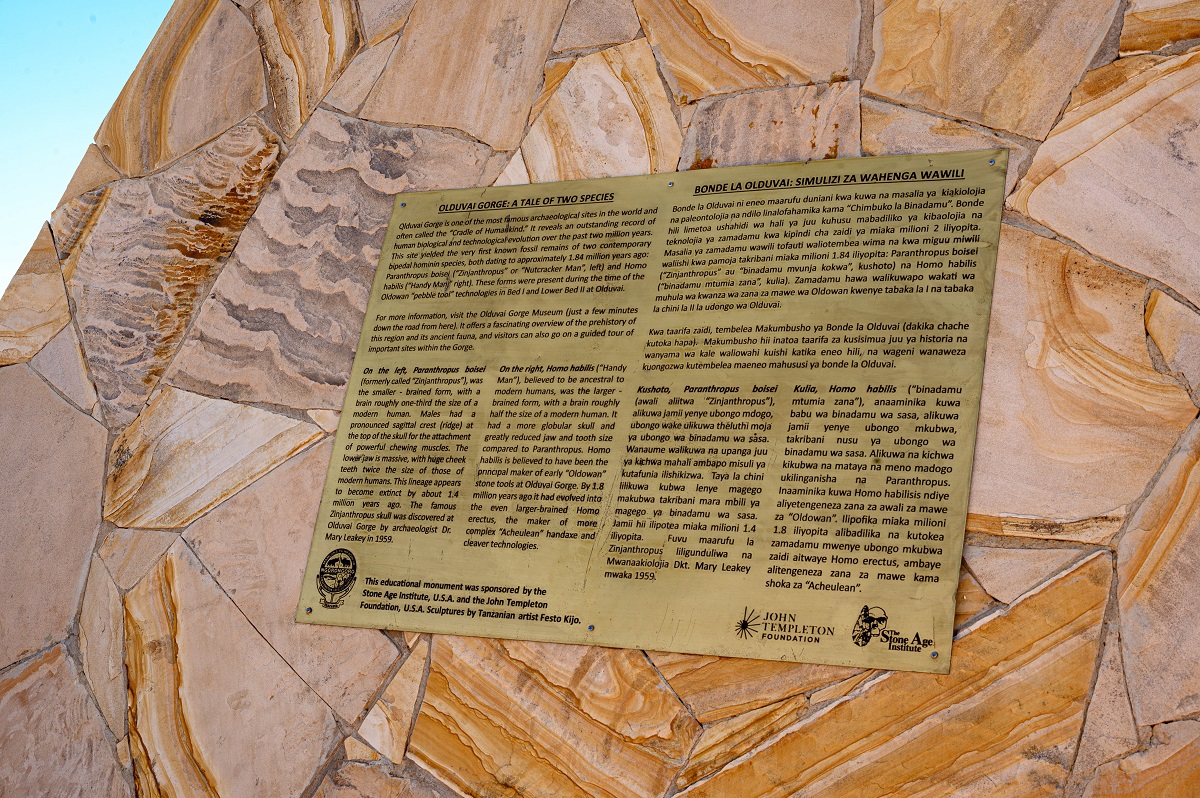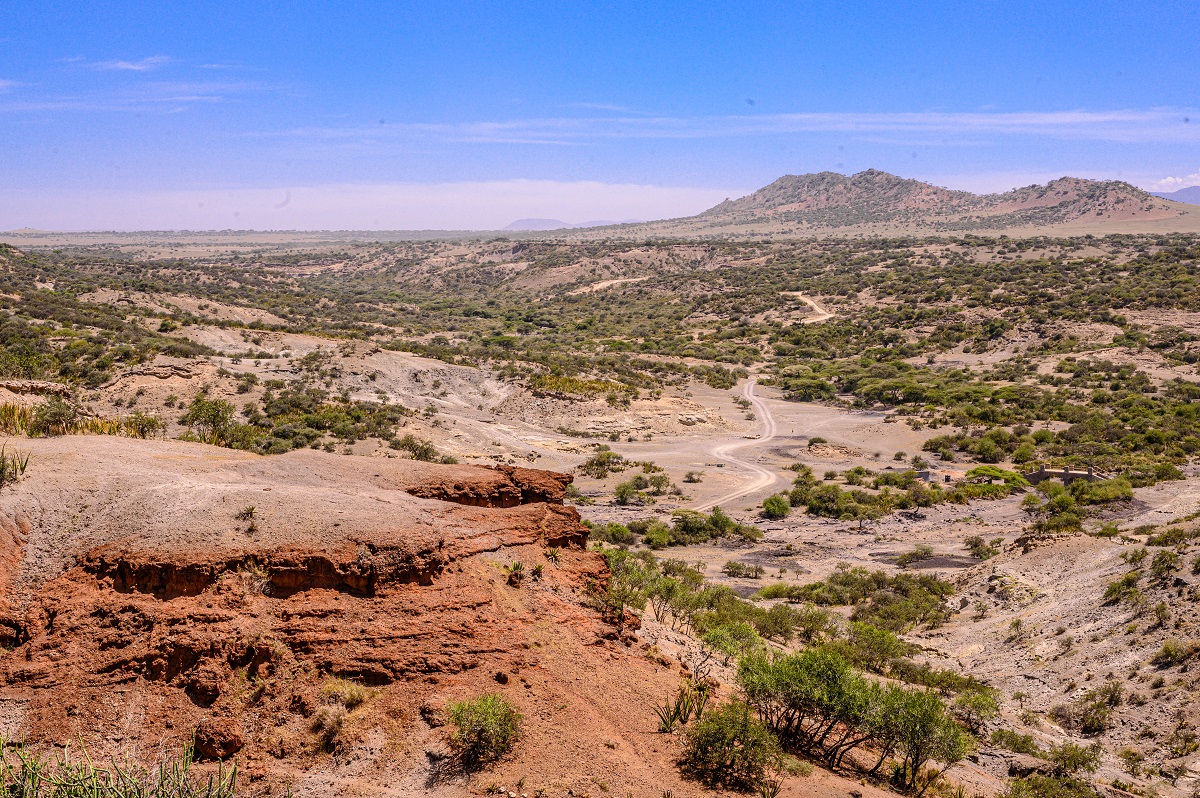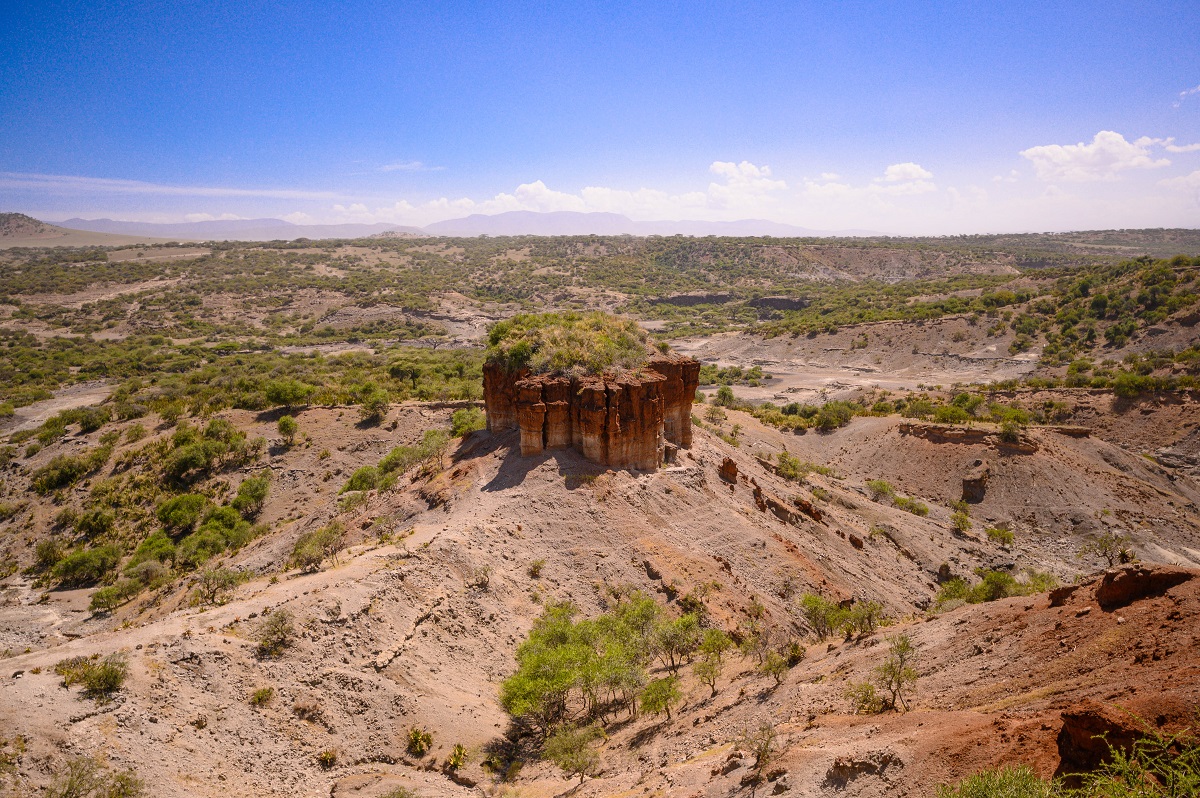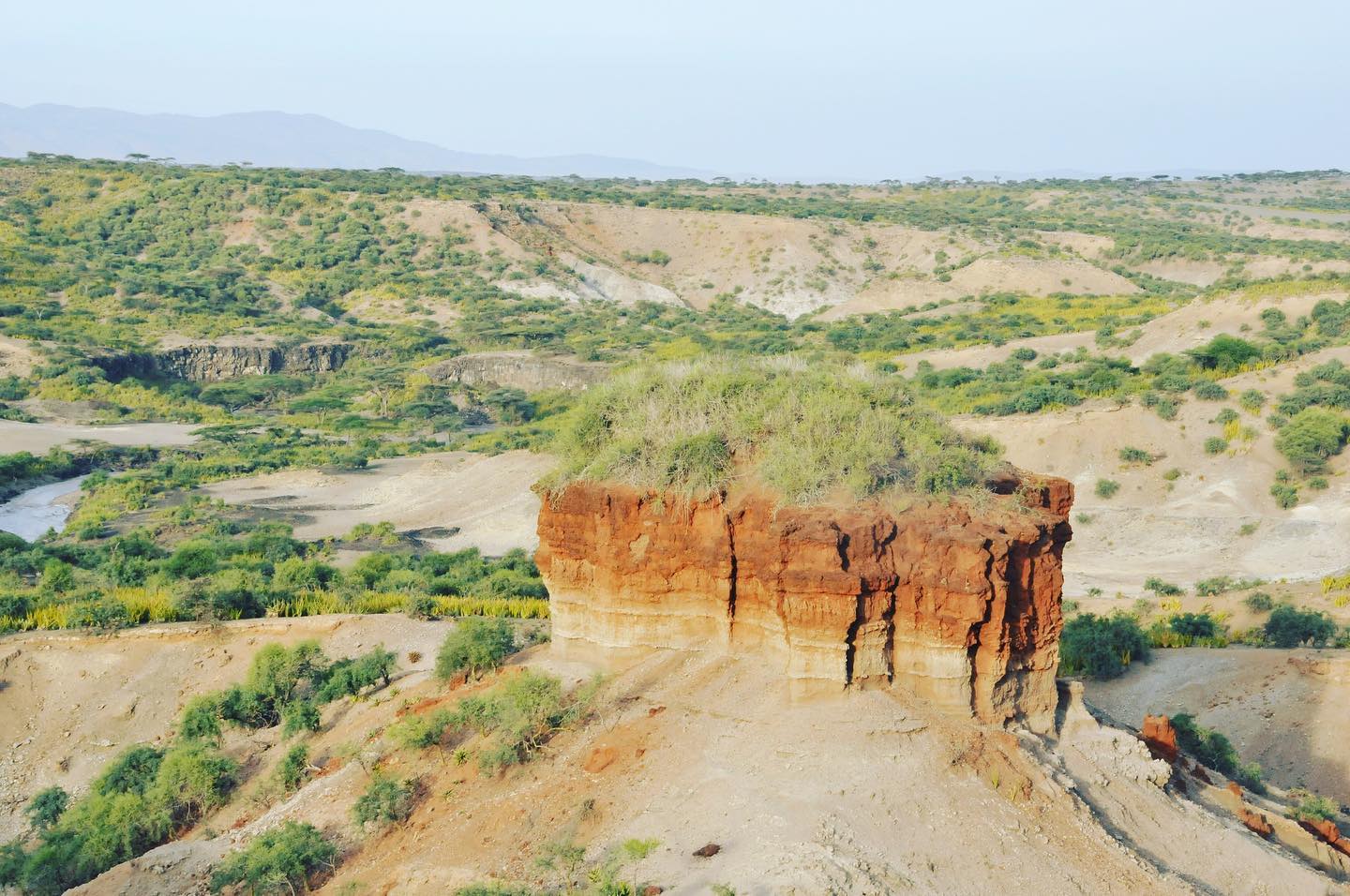Overview
The Olduvai Gorge, which is a remarkable archaeological site in East Africa and perhaps in the world. It was officially recognized as a part of the UNESCO World Heritage Site in 1979. Exposed within the sides of the gorge is a remarkably rich chronicle of human ancestry and the evolution of the Serengeti ecosystem.
It was here that Mary and Louis Leakey, over the course of more than 30 years of backbreaking work, unearthed the first well-dated fossils and artefacts of some of our earliest human ancestors.
Their discoveries include the famous Zinjanthropus (Australopithecus boisei) skull, as well as remains of Homo habilis, the presumed maker of the numerous early stone tools found in deposits ranging in age from 1.6 to 1.8 million years ago, and Homo erectus, the larger- bodied and larger- brained hominin that preceded the earliest modern humans (Homo sapiens).
The gorge may be visited year-round. It is necessary to have an official guide to visit the actual excavations.
